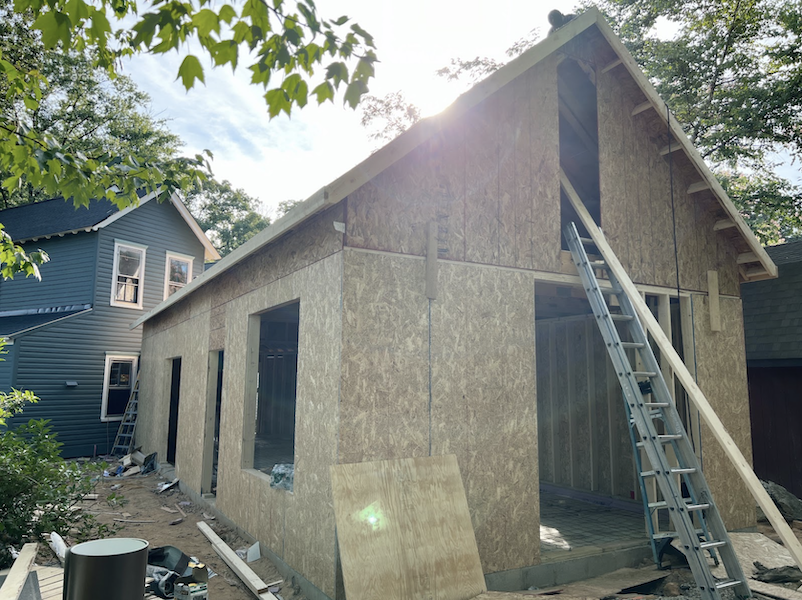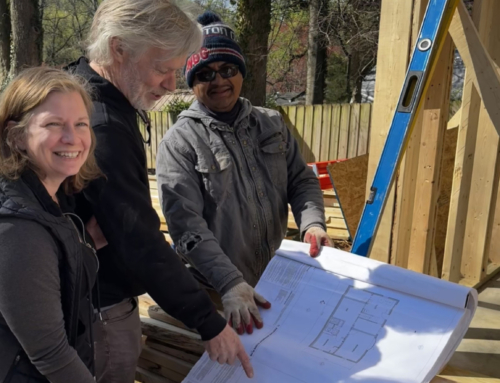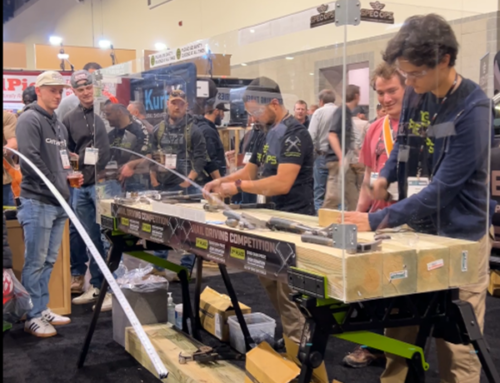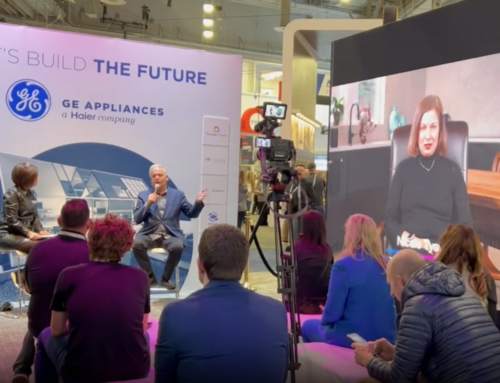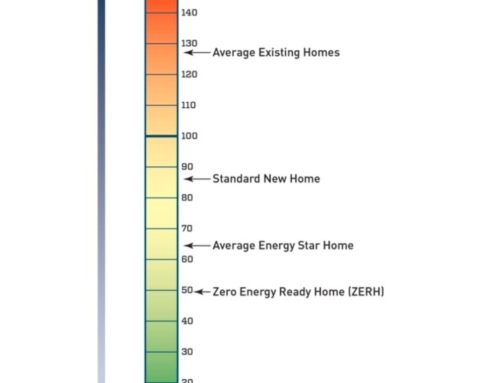Symbi Homes shares the aging-in-place and universal design principles leading the design for its attached ADU
Aging in place principles has guided the design for the 2022 Model ReModel’s 850 square foot in-law suite addition. Remodeler Symbi Homes says it’s part of the company’s approach to sustainable and healthy interiors.
In this update, we will break down the key elements of the project’s universal design and explain the benefits of such an approach.
The population of Americans aged 65 and up has grown substantially over the past decade and will nearly double to 100 million by 2060, according to the Population Reference Bureau.
Yet, according to the HomesRenewed Coalition, an advocacy group working to leverage resources for adapting homes to age in place, our current housing stock is drastically unprepared for this shift in demographics.

Large open doorways and barrier-free entries are an integral part of the “age in place” design of Model ReModel 2022. After final grading, Symbi Homes will build an ADA-compliant wood deck that sits flush with the thresholds over their exterior doors, providing wheelchair accessibility.
Seventy-seven percent of American adults aged 50 and up want to remain in their homes, according to the AARP. Still, only 3.5% of American homes have the minimum accessibility features needed to ensure their comfort and safety, such as no-step entries and curbless showers, according to the American Society on Aging and the Joint Center for Housing Studies at Harvard University.
Furthermore, a plethora of data shows that ill-fitting homes can have disastrous consequences for older residents. Falls are a leading cause of death among the 65+ population in the United States and are responsible for more than $50 billion in health care costs each year, according to the Centers for Disease Control and Prevention.
“Building sustainable homes is just as much about sustaining the health and wellness of people, the inhabitants of our built environment, as it is about sustaining the health of our planet,” says Symbi CEO Nicole Tysvaer.
To that end, Symbi Homes has incorporated several age-in-place features into the 2022 Model ReModel. The Victorian restoration and deep energy retrofit include a modernized one-bedroom, one-bath single-story accessory dwelling unit (ADU) at the rear of the home that has been universally designed to accommodate the needs of an older couple.
ADU universal design elements include:
-
Barrier-Free Entries: Symbi has designed a pathway from the parking pad through entry doors into the suite that provides wheelchair accessibility. The slab-on-grade design minimizes the height of door openings above grade. A deck built along the length of the ADU will provide barrier-free access points. ADA-compatible door hardware, keyless entries, and Wifi-enabled smart lighting will make it easier to enter and exit the home.
-
First Floor Living: Unlike the original Victorian home, the new ADU provides stair-free living with the kitchen, family room, bathroom, and bedroom all on the first floor.
-
Wider Doors and Hallways: Interior and exterior doors are 36” wide—the ADA recommends doorway widths be no less than 32 inches—providing ample space to accommodate a wheelchair. Circulation areas such as hallways and kitchen pathways are a minimum of 36” wide.
-
Curbless Shower and ADA-Compatible Plumbing Fixtures: The bathroom of Symbi’s ADU has been universally designed to include an ADA-compatible toilet, a wall-mounted sink, ADA-compatible faucet and shower controls, and a curbless shower with a linear drain.
-
Advanced Air Filtration: The ADU’s tight, energy-efficient shell requires mechanical ventilation with multiple layers of filtration and dehumidification to continuously circulate fresh air throughout the space. This system promotes health and well-being by removing allergens, toxins, and viruses from the air. Maintaining optimal humidity levels also improves comfort and reduces mold growth.
-
Smart Home Tech: Wifi-enabled smart home devices such as lighting, appliances, thermostats, blinds, and security features allow occupants to maintain automated schedules and manage equipment from cell phone apps. Many of these devices can be voice-activated, as well.
For more information about adapting your remodel to age in place, the AARP provides a free HomeFit Guide with helpful room-by-room diagrams and instructions on universal design components.
Thanks to our partners with ProRemodeler Magazine’s 2022 Model Remodel.



